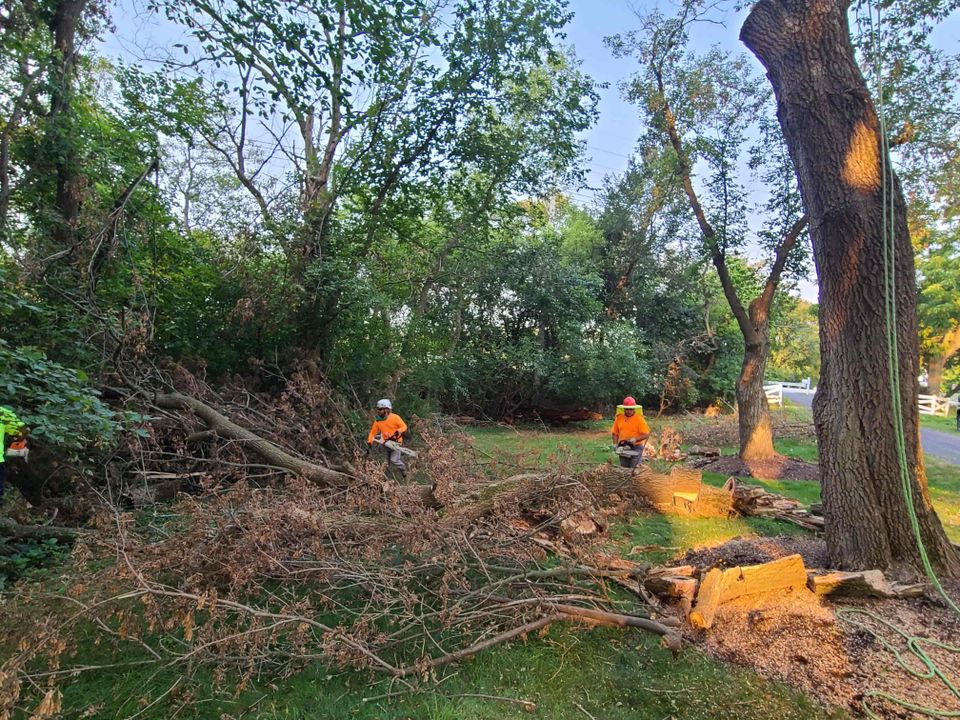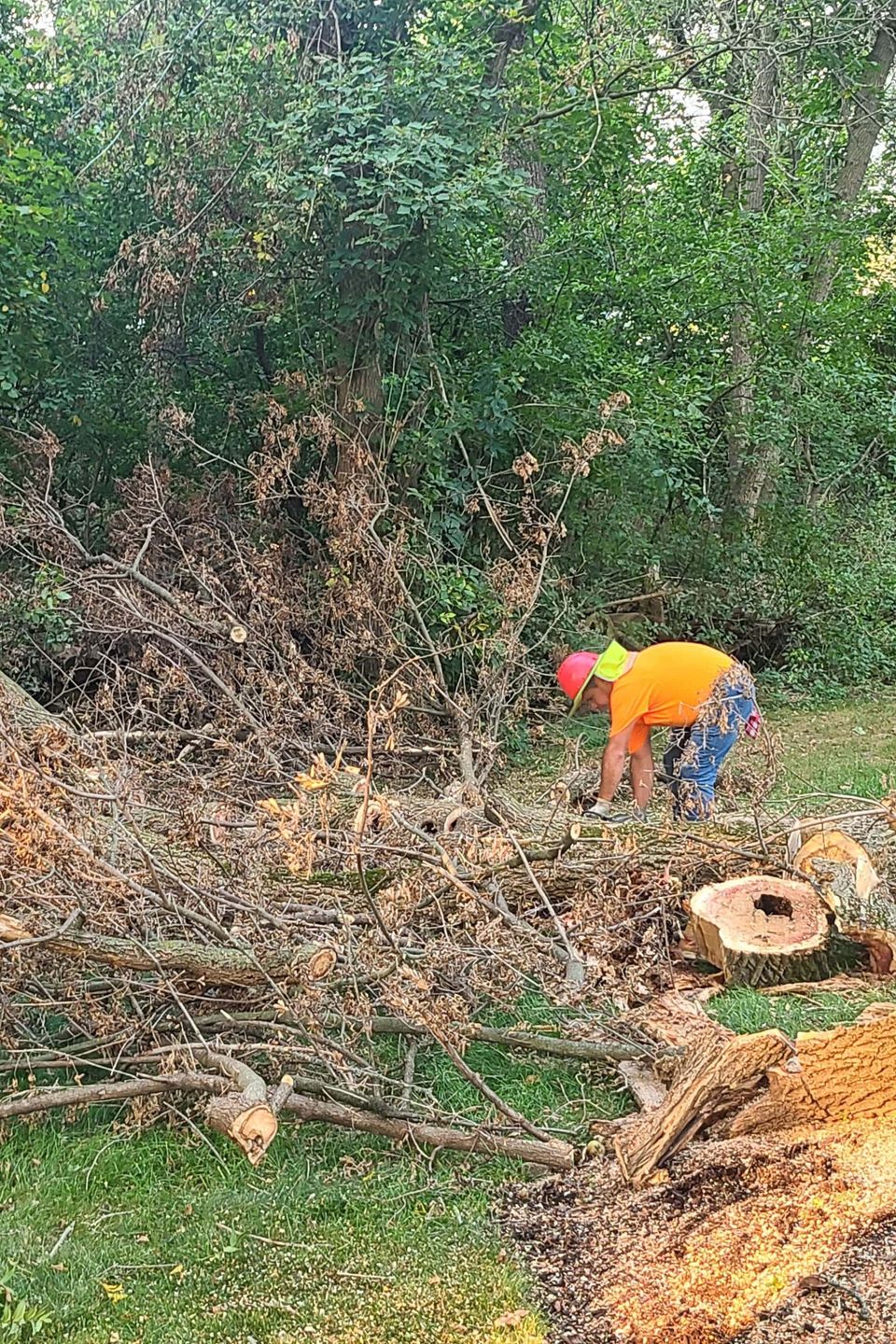How pruning can save you money in the long run
Pruning trees can save you money in the long run. By trimming your trees on a regular basis, you can prevent them from growing out of control and causing damage to your property. Pruning also helps to improve the health of your trees, making them more likely to thrive and produce fruit or flowers. When you consider all the benefits that come from regular tree trimming, it's easy to see how it can save you money in the long run.
The best time of year to prune your trees
As the leaves begin to fall and the days grow shorter, you may be thinking about pruning your trees. But is fall really the best time of year to trim them back? While it is true that pruning in the late fall can help to stimulate new growth in the spring, there are a few things to keep in mind before you start trimming. For one, pruning too late in the season can damage the tree's ability to store food for the winter. Additionally, if you live in an area with cold winters, pruning too early in the season can leave the tree's exposed wounds vulnerable to freezing temperatures.
So when is the best time to prune your trees? The answer may depend on the type of tree you have. Deciduous trees, like maples and oaks, are best pruned in the late winter or early spring before new growth begins. Conifers, on the other hand, can be pruned at any time of year except for midsummer. If you're not sure when to prune your specific type of tree, it's always best to consult with a certified arborist. They will be able to give you tailored advice based on the type of tree you have and the climate you live in.



